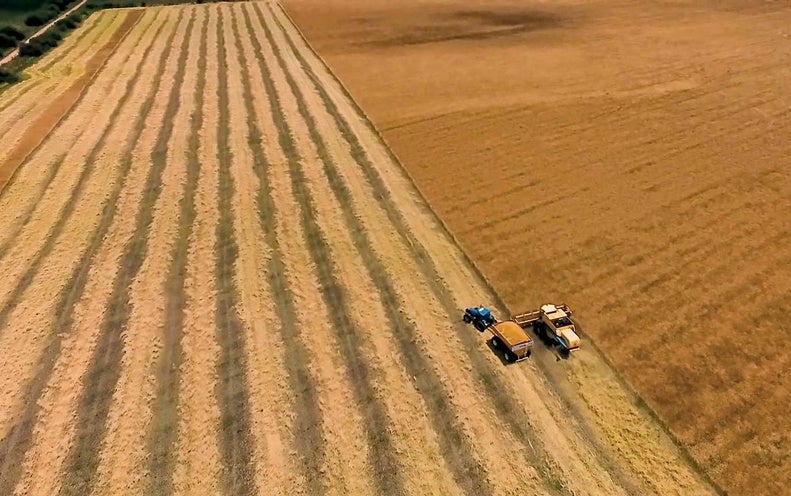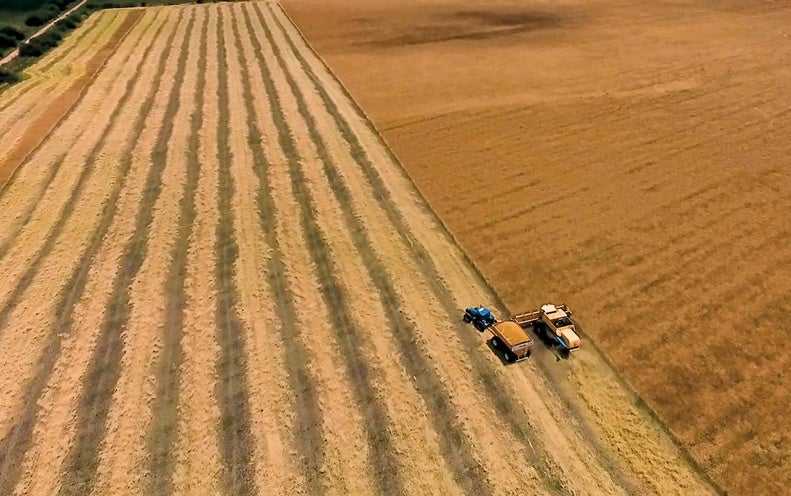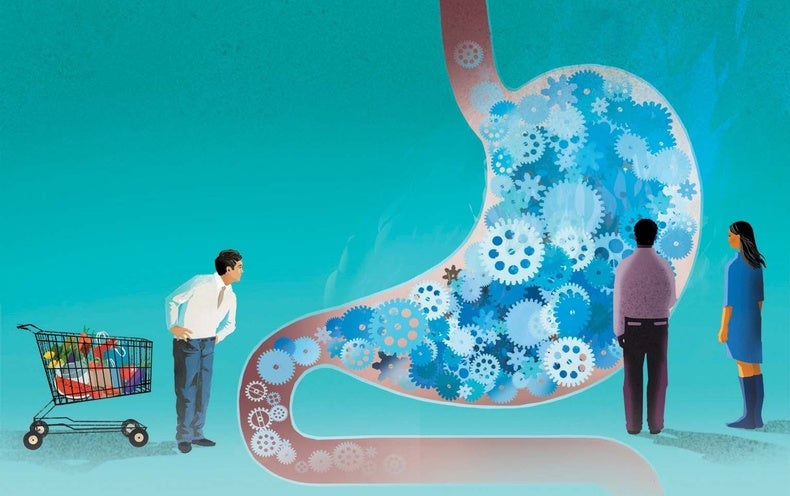04/25/2024 SOURCE: www.scientificamerican.com
By cutting trees in response to international demand for tobacco, farmers induced wildlife to start eating virus-laden bat guano
How Ugandan Tobacco Farmers Inadvertently Spread Bat-Borne Viruses
-
(0)
-
Bookmark
- Comments. (0)
 John LaRose Jr.
John LaRose Jr.
Topics: Soil Health, Agriculture US, Agriculture Global, Sustainability, Renewable Energy (Solar/Wind),
The New Era of Biofuels Raises Environmental Concerns
To realize the potential of biofuels, the industry needs to pay attention to how feedstock crops change soil carbon
-
(0)
-
Bookmark
- Comments (0)
 Nancy Kavazanjian
Nancy Kavazanjian
Topics: Soybeans, Ethanol/Biofuel, Carbon Farming,
-
(0)
-
Bookmark
- Comments (0)
 John LaRose Jr.
John LaRose Jr.
Topics: Commodities, Agriculture Global, Sustainability, Trade (Commodities), Biotech, Renewable Energy (Solar/Wind),
The New Era of Biofuels Raises Environmental Concerns
To realize the potential of biofuels, the industry needs to pay attention to how feedstock crops change soil carbon
-
(0)
-
Bookmark
- Comments (0)
 Nancy Kavazanjian
Nancy Kavazanjian
Topics: Food/Nutrition,
New Human Metabolism Research Upends Conventional Wisdom about How We Burn Calories
Metabolism studies reveal surprising insights into how we burn calories—and how cooperative food production helped Homo sapiens flourish
-
(0)
-
Bookmark
- Comments (0)
-
(0)
-
Bookmark
- Comments (0)
 Matthew Kroger
Matthew Kroger
Topics: Soil Health, Beekeeping,
This changes EVERYTHING once you realize the ramifications of what this really means. It means we are KILLING our soil too…
Surprise: Bees Need Meat
Microbes in flowers are crucial to bee diets, and microbiome changes could be starving the insects
-
(0)
-
Bookmark
- Comments (0)
 John LaRose Jr.
John LaRose Jr.
Topics: Agriculture Global, Beekeeping, Gardening, World Population, Pollinators, Education,
Bumblebees’ Self-Image Gets Them through Tight Spots
Sridhar Ravi was outdoors with his colleagues on a summer day in Germany when a group of bumblebees grabbed his attention. As the bees made their way from flower to flower, they skillfully flew between obstacles, dodging branches and shrubs. These actions seemed to require a complex awareness of one's physical body in relation to one’s environment that had only been proven to exist in animals with large brains. To examine this, a team of researchers at Australia’s University of New South Wales, Canberra, led by Ravi, set up a hive of bumblebees inside their laboratory. The bees could come and go via a tunnel, which could be partially blocked with an adjustable barrier. Ravi and his team made the gap progressively smaller over time, and observed how the bees’ reactions changed. The study , published in the Proceedings of the National Academy of Sciences , found the bumblebees measured the gap by flying side-to-side to scan it. When the gap became narrower than their wingspan, the bees took a longer time to scan the opening. And then they did something remarkable: they turned their bodies to fly through sideways . Some of the bees’ bodies did bump the sides of the narrowed opening—but every one of the 400 recorded flights through the gap was a success. “Over thousands of years nature has coded insects with some amazing attributes,” Ravi says. “Our challenge now is to see how we can take this and apply similar coding to future robotic systems, enhancing their performance in the natural world.”
-
(0)
-
Bookmark
- Comments (1)
 John LaRose Jr.
John LaRose Jr.
Topics: Forestry, Economics, Research, World Population, Regenerative Agriculture, Renewable Energy (Solar/Wind),
The Real Cost of Planting Trees
Careful monitoring and up-front investment are necessary to ensure reforestation efforts yield benefits for communities and biodiversity
-
(0)
-
Bookmark
- Comments (0)
 John LaRose Jr.
John LaRose Jr.
Topics: Agriculture Global, Economics, Sustainability, Research, World Hunger, World Population, Regenerative Agriculture,
-
(0)
-
Bookmark
- Comments (0)










